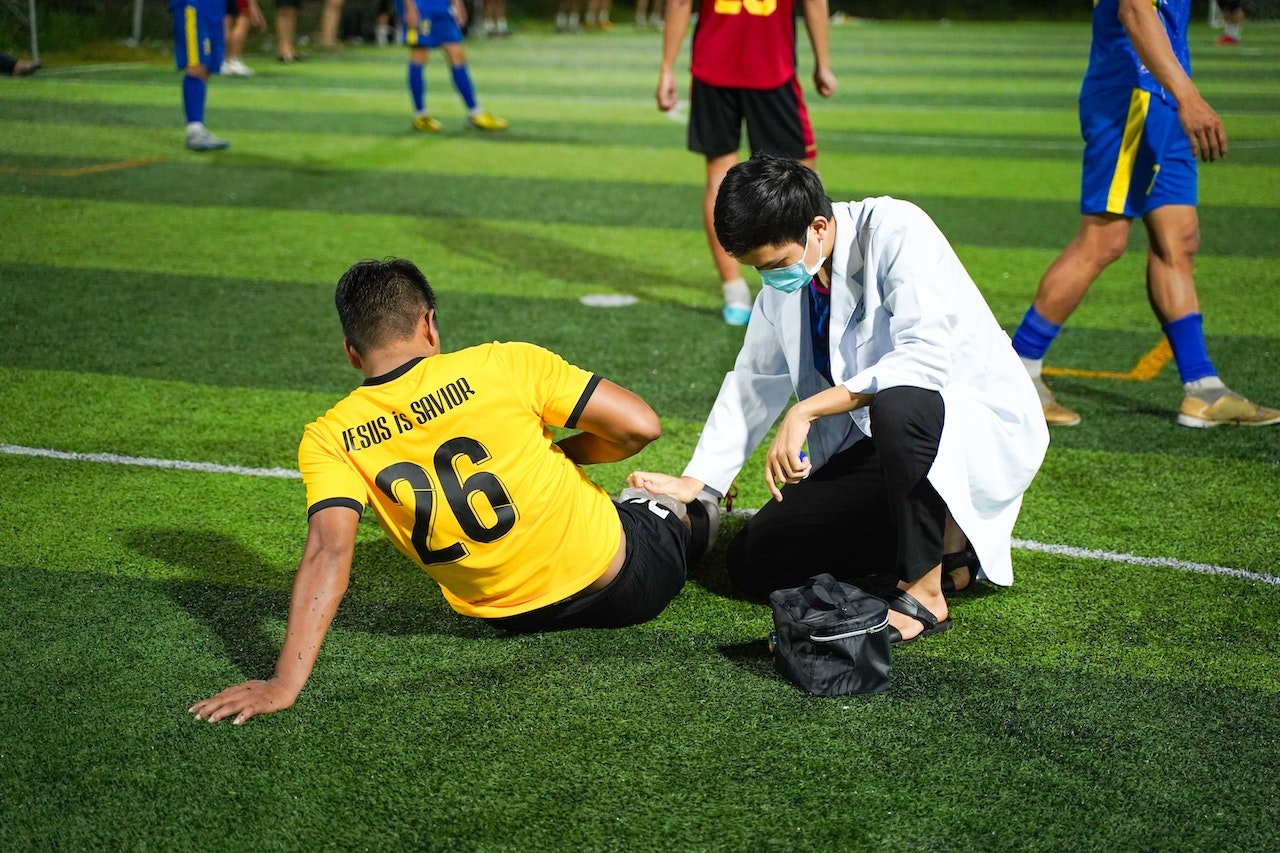In the realm of athletics, performance is often associated with strength, speed, and stamina. However, an equally critical yet sometimes overlooked aspect of athletic success is the role of mobility and flexibility training. This article delves into the importance of these elements in an athlete’s regimen, elucidating how they contribute to overall performance, injury prevention, and longevity in sports.
The Interplay of Mobility and Flexibility in Athletic Performance
Mobility and flexibility are terms often used interchangeably, but they have distinct meanings in the context of athletic training. Mobility refers to the ability of a joint to move actively through a range of motion, while flexibility is the capability of muscles to stretch. Both are fundamental in optimizing an athlete’s performance.
Enhancing Performance
Mobility exercises allow athletes to achieve greater ranges of motion, which translates to more efficient and powerful movements during sports activities. For instance, a basketball player with excellent hip and ankle mobility can perform deeper squats and more explosive jumps. Similarly, a swimmer with enhanced shoulder mobility can achieve longer, more effective strokes.
Flexibility training, on the other hand, plays a critical role in ensuring that muscles can stretch and recover effectively. This stretching not only improves performance but also aids in muscle recovery and reduces the risk of strains and muscle imbalances.
Injury Prevention
One of the key benefits of incorporating mobility and flexibility training into an athlete’s routine is injury prevention. Injuries often occur when athletes push their bodies beyond the limits of their mobility or flexibility. For example, a tennis player with limited wrist flexibility is more prone to suffer from sprains or tendonitis.
Regular mobility exercises help maintain joint health, reduce the risk of joint degeneration, and keep the connective tissues healthy. Flexibility training, especially when combined with strength training, ensures that the muscles can withstand the high demands of sports activities without succumbing to tears or strains.
Integrating Mobility and Flexibility into Training
Integrating mobility and flexibility training into an athlete’s routine should be done thoughtfully and systematically. It’s not merely about stretching before or after a workout; it’s about making these elements a core part of the training regimen.
Dynamic Warm-Ups
Dynamic warm-ups, which involve active stretching and mobility exercises, are an effective way to prepare the body for intense physical activity. These warm-ups enhance blood flow, improve joint lubrication, and activate the nervous system, readying the body for peak performance.
Regular Stretching Routines
Incorporating regular stretching routines, especially post-workout, aids in muscle recovery and flexibility improvement. Techniques such as static stretching, proprioceptive neuromuscular facilitation (PNF), and yoga can be extremely beneficial.
Types of Stretching
- Static Stretching: This involves holding a stretch in a comfortable position for a set period, typically between 15-30 seconds. It’s most effective post-workout as it helps in lengthening the muscles that have been contracted during exercise, aiding in recovery and flexibility improvement.
- Dynamic Stretching: Unlike static stretching, dynamic stretching involves active movements that mimic the sport or activity the athlete is preparing for. This type of stretching is ideal during warm-ups as it helps to increase blood flow, activate the muscles, and improve range of motion.
- Proprioceptive Neuromuscular Facilitation (PNF): PNF stretching is a more advanced form of flexibility training that involves both stretching and contracting the targeted muscle group. It is highly effective in increasing flexibility and muscular strength.
Customization for Sports Specificity
For stretching routines to be effective, they must be customized to the athlete’s specific sport. For instance, a gymnast might focus more on stretches that enhance flexibility in the back and legs, while a soccer player might concentrate on hip and leg stretches to improve kicking range and agility.
Frequency and Duration
The frequency and duration of stretching routines are critical. Athletes should engage in some form of stretching daily, with more extensive sessions incorporated into their training schedule several times a week. Consistency is key in building and maintaining flexibility.
Integrating Mind-Body Techniques
Incorporating mind-body techniques like yoga and Pilates can also be highly beneficial. These practices not only enhance flexibility and mobility but also focus on breath control, core strength, and mental focus, which are essential components of athletic performance.
Role of Recovery and Rest
Stretching plays a crucial role in recovery and rest days. Gentle stretching on rest days can aid in muscle repair, reduce soreness, and maintain a range of motion, making it a vital component of the recovery process.
Education and Professional Guidance
Athletes should be educated about the importance of proper stretching techniques to avoid potential injuries. Working with trainers or physical therapists who can provide personalized stretching routines and guidance ensures that athletes are stretching correctly and effectively.
Specialized Software Tools
For medical and sports professionals working with athletes, employing specialized management software can be a game-changer in tracking and optimizing an athlete’s mobility and flexibility training. Tools like medical spa management software offer sophisticated solutions for scheduling, client management, and progress tracking, ensuring a holistic approach to athlete wellness and performance. This kind of software provides a seamless way to integrate various aspects of an athlete’s training and health regimen.
Utilizing Technology for Precision
Advanced technology, such as medical spa POS software, can also play a pivotal role in enhancing the delivery of mobility and flexibility training. By facilitating seamless transactions and efficient management, these tools enable trainers and therapists to focus more on the athlete’s needs, customizing training programs with greater precision and care.
Conclusion
Mobility and flexibility training are not just ancillary components of an athlete’s routine; they are foundational to achieving peak performance, preventing injuries, and ensuring a long and healthy sports career. By understanding and integrating these elements effectively, athletes can unlock their true potential, transcending the boundaries of their physical capabilities. With the aid of cutting-edge software and technology, managing and optimizing these training aspects has never been more effective, marking a new era in athletic performance enhancement.
About Author: Ashley drives content strategy at Punchey, a cutting edge POS-based software for small businesses.




